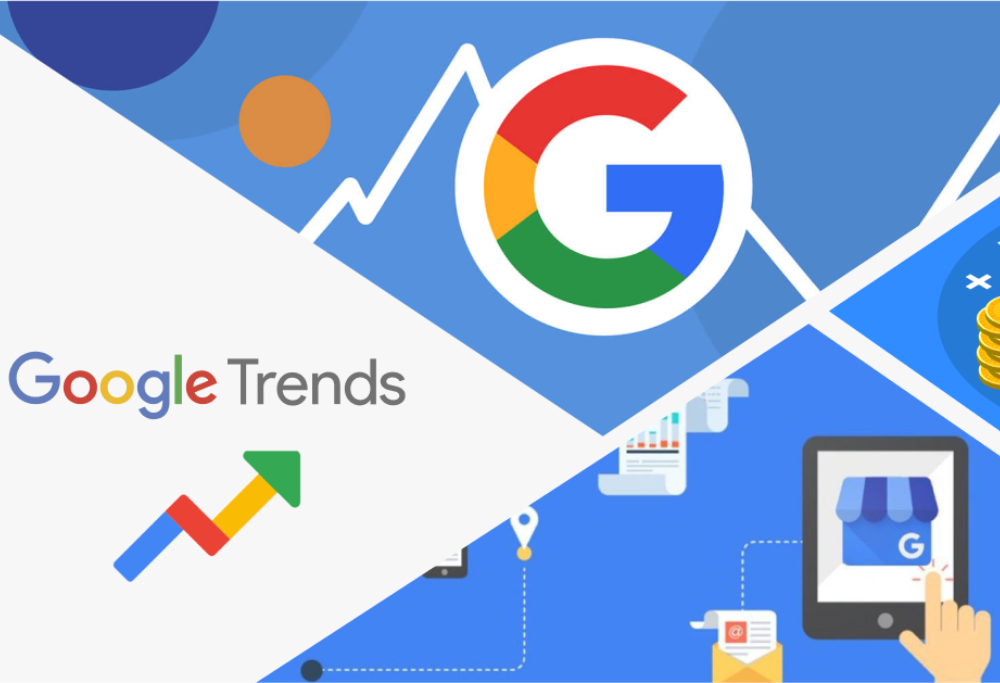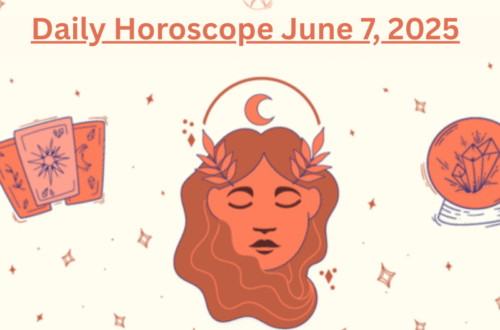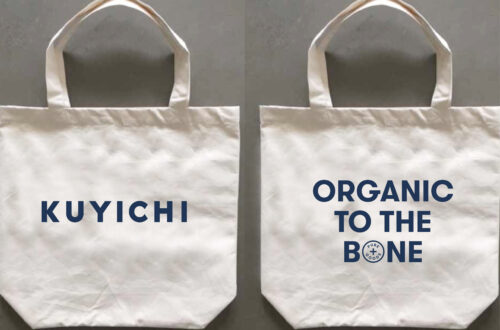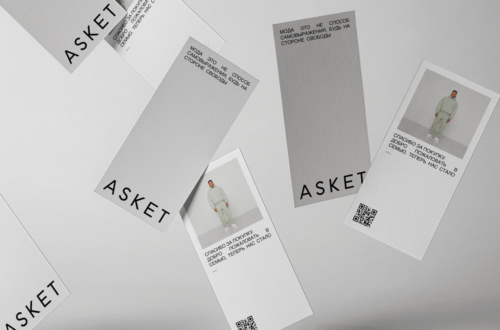Mastering Fashion Forecasting: A Guide to Utilizing Google Trends
In the ever-evolving world of fashion, staying ahead of the latest trends is key to maintaining a stylish and relevant wardrobe. With the abundance of information available online, it can be overwhelming to filter through the noise and pinpoint the trends that truly matter. That’s where Google Trends comes in. This powerful tool offers valuable insights into what people are searching for online, allowing fashion enthusiasts to anticipate upcoming trends and make informed style choices. In this comprehensive guide, we’ll explore how you can harness the power of Google Trends to stay ahead of the curve and elevate your fashion game.
Understanding the Basics: Before diving into the world of fashion forecasting with Google Trends, it’s essential to understand how the platform works. Google Trends provides data on the popularity of search terms over time, allowing users to track the interest in specific topics or keywords. By analyzing search volume patterns, geographic location data, and related queries, you can gain valuable insights into emerging trends and consumer preferences. To get started, simply enter a search term or topic of interest into the Google Trends search bar and explore the results.
Identifying Trending Topics: One of the most valuable features of Google Trends is its ability to highlight trending topics and search queries in real-time. By monitoring the “Trending Searches” section, fashion enthusiasts can stay up-to-date on the latest buzzworthy topics and emerging trends. Pay attention to spikes in search volume for specific fashion-related keywords, such as “sustainable fashion,” “vintage clothing,” or “athleisure wear.” These trends can provide valuable insights into shifting consumer preferences and offer inspiration for your own wardrobe updates. Additionally, use the “Related Queries” feature to discover related topics and explore niche trends within the fashion industry.
Analyzing Seasonal Trends: Another effective way to use Google Trends for fashion forecasting is to analyze seasonal trends and predict upcoming fashion movements. For example, you can track the popularity of keywords like “summer dresses,” “winter coats,” or “spring fashion” to anticipate seasonal shifts in consumer demand. Pay attention to geographic variations in search volume to tailor your style choices to regional climates and preferences. Additionally, explore long-term trends and patterns to identify timeless fashion trends that transcend seasonal fluctuations. By leveraging Google Trends data, you can align your wardrobe with the seasons and ensure that you’re always dressed appropriately for the time of year.
Spotting Microtrends: In addition to tracking major fashion trends, Google Trends can help you identify microtrends and niche styles that may fly under the radar. Keep an eye out for sudden spikes in search volume for specific keywords or phrases, as these could indicate emerging microtrends within the fashion industry. For example, you might notice a surge in searches for “tie-dye loungewear” or “chunky sneakers,” signaling the rise of niche trends within the broader fashion landscape. By staying vigilant and monitoring these microtrends, you can stay ahead of the curve and incorporate fresh, cutting-edge styles into your wardrobe before they hit the mainstream.
Google Trends is a powerful tool that can help fashion enthusiasts stay ahead of the curve and make informed style choices. By leveraging the platform’s wealth of data and insights, you can identify trending topics, analyze seasonal shifts, and spot emerging microtrends within the fashion industry. Whether you’re a seasoned fashionista or a casual trend-watcher, Google Trends offers valuable insights that can elevate your fashion game and keep you stylishly ahead of the pack. So why wait? Start exploring Google Trends today and unlock the secrets to staying ahead of fashion trends like never before!
Frequently Asked Questions
What are the key benefits of using Google Trends for fashion enthusiasts?
Google Trends offers several benefits for fashion enthusiasts. Firstly, it provides insights into the popularity of fashion-related search terms over time, helping users identify emerging trends and seasonal shifts. Additionally, Google Trends allows users to compare the popularity of different keywords, helping them understand consumer preferences and make informed style choices. By tracking search volume trends and related queries, fashion enthusiasts can stay ahead of the curve and anticipate upcoming fashion movements. Overall, Google Trends empowers users to make data-driven decisions about their wardrobe and stay informed about the latest fashion trends.
How can I effectively use Google Trends to stay ahead of fashion trends?
To effectively use Google Trends for fashion forecasting, start by entering relevant keywords or topics into the search bar. Analyze the search volume trends, explore related queries, and monitor the “Trending Searches” section for real-time insights. Pay attention to seasonal trends and geographic variations in search volume to tailor your style choices to regional climates and preferences. Regularly monitoring Google Trends data allows you to anticipate upcoming fashion movements and make informed decisions about your wardrobe.
Why is it important to analyze seasonal trends in fashion using Google Trends?
Analyzing seasonal trends in fashion using Google Trends is crucial for staying ahead of the curve and dressing appropriately for the time of year. By tracking the popularity of season-specific keywords, such as “summer dresses” or “winter coats,” users can anticipate shifts in consumer demand and adjust their wardrobe accordingly. Understanding seasonal trends also enables fashion enthusiasts to plan ahead, stock up on seasonal essentials, and avoid being caught off guard by sudden changes in weather or fashion preferences.
How can Google Trends help me identify microtrends within the fashion industry?
Google Trends can help users identify microtrends within the fashion industry by tracking sudden spikes in search volume for specific keywords or phrases. By paying attention to these fluctuations, users can spot emerging niche trends that may not yet be mainstream. For example, a surge in searches for “sustainable fashion brands” or “vegan leather alternatives” could indicate growing interest in ethical fashion practices. By staying vigilant and monitoring these microtrends, fashion enthusiasts can stay ahead of the curve and incorporate fresh, cutting-edge styles into their wardrobe.
How does Google Trends analyze and present data on fashion trends?
Google Trends analyzes data on fashion trends by tracking the popularity of search terms and queries entered into the Google search engine. The platform uses algorithms to process this data and present it in visual formats, such as line graphs and heatmaps. Users can customize their search parameters to filter results by geographic location, time period, and category, allowing for detailed analysis of fashion trends at both global and local levels. By visualizing trends over time, users can gain valuable insights into the popularity of specific fashion trends and make informed decisions about their style choices.
How can I use Google Trends to validate my fashion business ideas or marketing strategies?
Fashion entrepreneurs and marketers can use Google Trends to validate business ideas and marketing strategies by analyzing search interest in relevant keywords and topics. By entering potential product or brand names into the search bar, users can gauge public interest and demand for their offerings. Additionally, users can compare the popularity of different keywords or marketing campaigns to identify the most effective strategies for reaching their target audience. By leveraging Google Trends data, fashion businesses can make data-driven decisions that resonate with consumers and drive success in the competitive fashion industry.






